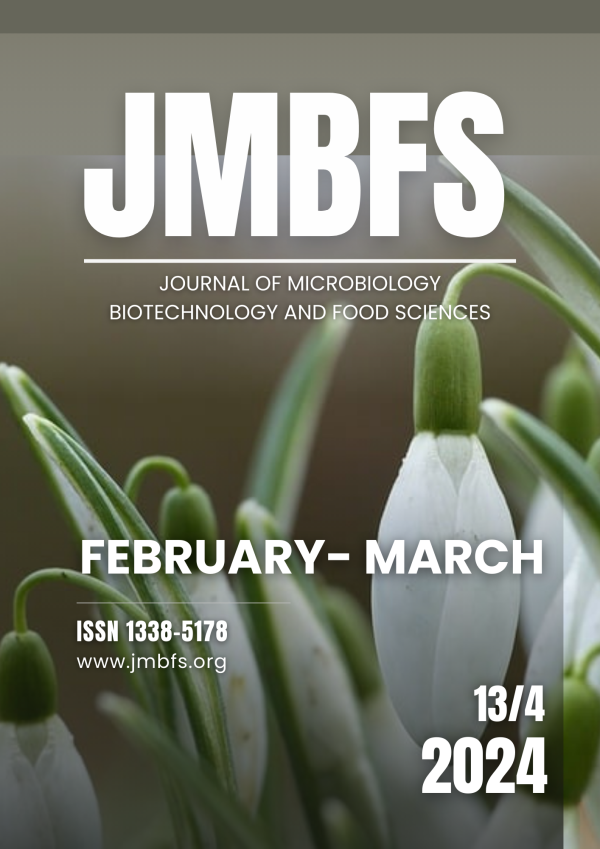THE APPLICATION OF NON-BAKERY RAW MATERIALS TO BAKERY FLOURS, THEIR EFFECT ON THE TECHNOLOGICAL QUALITY AND THE COST OF INNOVATIVE PRODUCTS
DOI:
https://doi.org/10.55251/jmbfs.10522Keywords:
bread, non-bakery raw materials, water absorption, dough development time, dough stability, bread yield, costAbstract
The paper describes the possibilities of designing breads and pastries produced according to a basic recipe from wheat or wheat-rye flour to improve their nutritional potential. The basic principle is the partial replacement of wheat or rye with non-bakery raw materials, which are valued thanks to the content of beneficial components. In this way, it is possible to create diverse products with the potential for positive effects on consumer health. However, the application of such raw materials affects the technological parameters of composite flours and subsequent intermediates of the production process, and it also changes cost items and, consequently, the production price of the products. Therefore, efforts should be made to find the right balance and recommend procedures and recipes that allow the final product to be prepared with the required quality and an affordable price. In our research, the additions of various non-bakery ingredients were verified, and the presented results show how these ingredients affected the selected rheological properties of the dough, and how these changes in the basic recipe affected the costs of the final product. During the experiments, the following raw materials were added: spelt wheat flour, amaranth flour, flour from selected legumes (common bean, broad bean, chickpea, lentil) and lyophilised homogenized red fruits (elderberry fruits, blackcurrant fruits, black chokeberry, and serviceberry fruits, or in the case of elderberry also flowers). The addition of these non-bakery ingredients, depending on the amount of their addition, changed both the water absorption and the rheological properties of the dough (dough development time, dough stability), or baking loss or bread yield. Non-bakery raw materials increase the financial cost of innovative products, and the question arises as to how willing consumers are to pay extra for such foods with added nutritional value. Nevertheless, we believe that designing and producing modern foods with nutritional benefits to meet the demanding needs of modern consumers has a promising future.
Downloads
Downloads
Published
How to Cite
Issue
Section
License
Copyright (c) 2023 Tatiana Bojnanska, Anna Kolesárová, Eva Ivanišová, Jozef Bojňanský

This work is licensed under a Creative Commons Attribution 4.0 International License.
All papers published in the Journal of Microbiology, Biotechnology and Food Sciences are published under a CC-BY licence (CC-BY 4.0). Published materials can be shared (copy and redistribute the material in any medium or format) and adapted (remix, transform, and build upon the material for any purpose, even commercially) with specifying the author(s).





